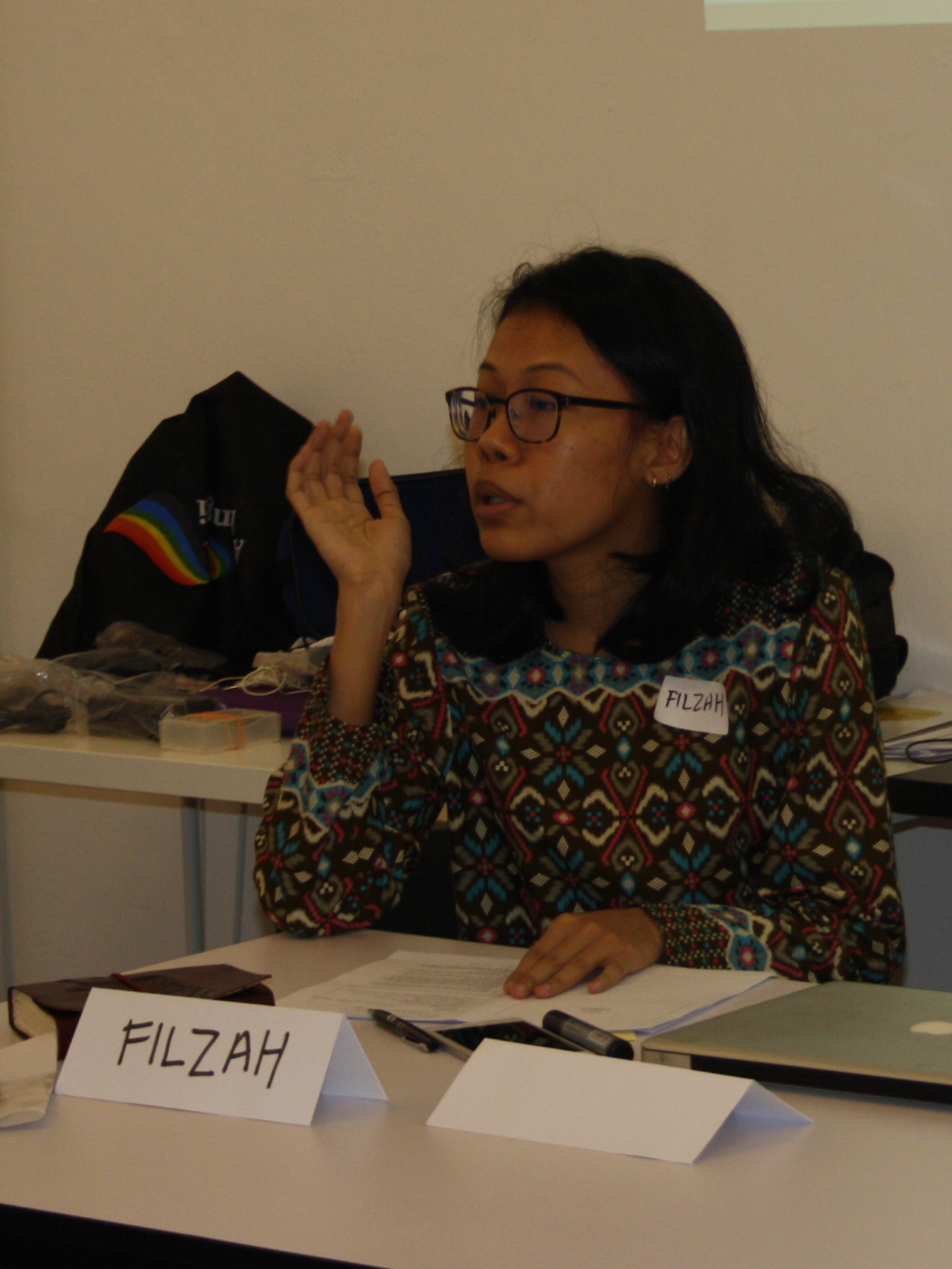by Filzah Sumartono
Singapore is usually presented as a modern, cosmopolitan city. Yet, underneath the facade of modernity, female genital cutting (FGC) – known locally as ‘sunat perempuan’ – is still practiced in Singapore within the ethnic Malay community who are predominantly Muslim.
Whenever I bring up the topic of female genital cutting with my non-Malay friends, they respond with shock and disbelief – “It happens in Singapore? Are you sure? Now? Still?” One reason for this lack of awareness is that it is rarely ever discussed in the Malay community, much less in public with people from outside the community. Sunat perempuan is a prevalent practice but generally remains within the ‘women’s realm’. Even Malay men have little or no knowledge or involvement in the practice.
Traditionally, when a boy is circumcised, a family gathering will be held where prayer rituals are done. However, when a baby girl is cut, there is no big “celebration.” This leads to the bewildering situation where many women are in fact, unaware that they have undergone the procedure unless they ask their mother or female relatives, or until they have a daughter of their own who will also have to undergo the procedure. For these reasons, sunat perempuan remains a hidden and silent ritual not just in Singapore society at large, but in the Malay community itself.
Within the community, it is very much seen as a non-issue. When I try to start a discussion about sunat perempuan with my Malay friends, the response is usually one of indifference – “Yeah, it happens, so what?”- after which the topic is dropped and discarded. Often, it seems like the Malay community does not see sunat perempuan as an issue or an issue serious enough to be discussed about. It is simply part and parcel of every Malay girl’s childhood. Since the circumcision does not seem to inflict any long-lasting or observable consequences into adulthood (or at least, none reported), the practice continues.
People cite religion, culture, social pressure, hygiene and the prevention of promiscuity as reasons to continue the practice of female circumcision. Yet, ultimately, whatever the reason given, the practice of sunat perempuan lies in the deeply rooted belief that women’s sexualities need to be controlled. The very act of cutting the woman’s sexual organ, whether just a symbolic prick or an extensive cut, is a deliberate act to impose societal’s restrictions on what a woman can and cannot do with her body. For women in the Malay community, this imposition of power begins at infancy.
The medicalization of sunat perempuan makes it even harder to eradicate the practice. There is no law or legislation banning the practice, allowing private clinics to offer the procedure legally. It is of great concern that medical professionals are performing procedures that are not warranted by any legitimate medical imperative but cultural reasons. From our research, there are 5-6 clinics offering the practice for a relatively cheap cost of USD 15-25 and they receive a regular stream of clients. We don’t know the official number of midwives still offering the practice.
The medicalization of sunat perempuan has made the practice seem safe, scientific and even of medical necessity. In addition to being performed in a “medical” setting, many don’t see a need for concern because the procedure that is done in Singapore is Type 1a (removal of clitoral hood/prepuce) or Type 1b (removal of clitoris with prepuce) and not as extreme as those done in other countries.
Our project in Singapore, called Gender Equality Is Our Culture (GEC), has been working with the support of an online platform Beyond the Hijab, to address the silence surrounding sunat perempuan in 3 ways:
1. Raising public awareness
To make this issue more visible, Beyond the Hijab ran a blog series on sunat perempuan sharing stories written by women about their experiences undergoing FGC. This brought sunat perempuan into the public spotlight and sparked some interesting conversations online.
2. Research
Given the lack of statistics and reasearch on sunat perempuan in Singapore, GEC has been doing its research to uncover the prevalence of the practice in our country. We recently conducted an online survey to find out the prevalence of FGC in Singapore and public perception of the issue.
3. Advocacy
The Islamic Religious Council of Singapore, a state funded body that is often seen as the authority on Muslim affairs in Singapore, has not made an official statement denouncing the practice of sunat perempuan. The Council previously made a statement explicitly supporting the practice of FGC but took it down some time ago which, small as it may be, is a welcome first step. Yet such gestures are not enough, especially considering the number of people in Singapore who support the practice on the basis of “religious” reasons. As of today, GEC is still trying to contact the Council on their official position.
(Filzah Sumartono is currently working at The Association of Women for Action and Research (AWARE). She is the Project Coordinator for the UN-funded project called “Gender Equality Is Our Culture!” which works to reclaim culture as gender-equitable. Filzah conducts workshops on sex education, consent and healthy relationships. She is also one of the contributors to “Beyond the Hijab”, an online blog for women in Singapore to share stories about their experiences as women reconciling the demands of their religion and the pressures of the modern world.)

